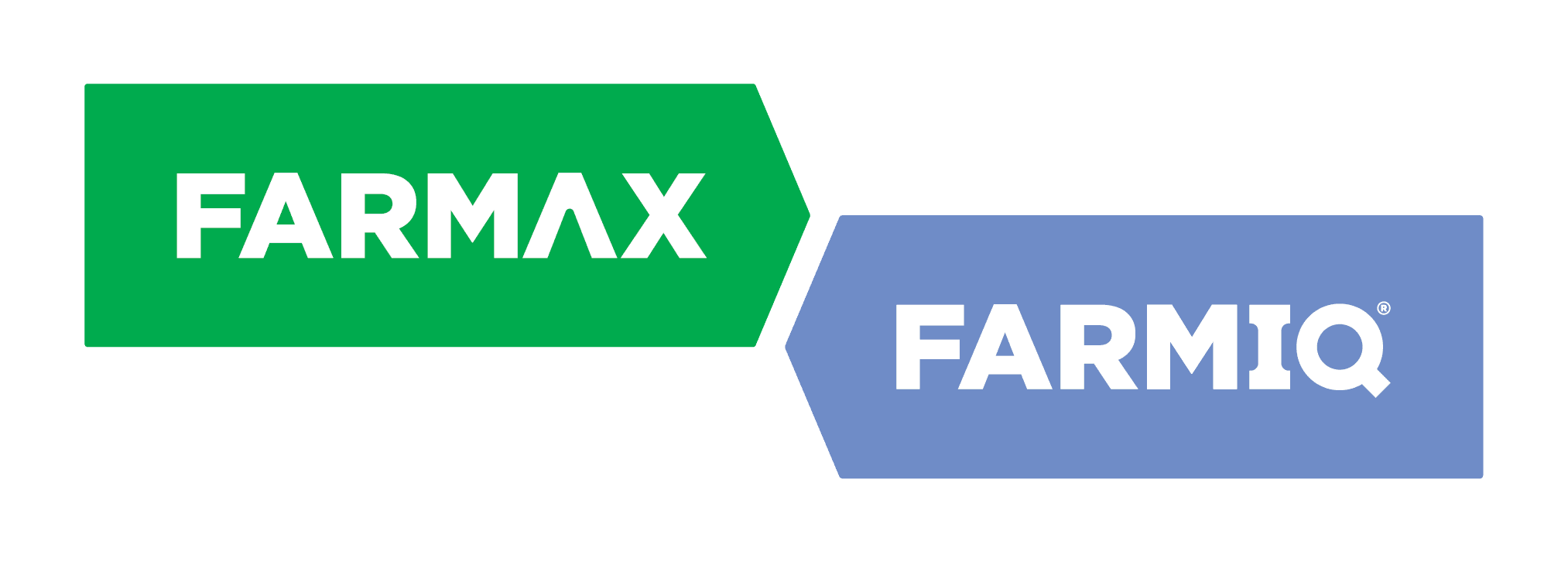Jeremy Savage is closing in on three decades at MacFarlane Rural Business, a consultancy firm based in Ashburton that specialises in red meat, dairy, cropping and arable farm support covering the Canterbury, Southland, and Tasman regions.
Jeremy’s primary focus is on the dairy sector, where he has developed monitoring systems aimed at maximising the conversion of grass into milk for enhanced profitability.
He loves what he does, saying, "after 28 years, I’m still in my first job!"
The number of dairy farms in New Zealand has increased significantly over the last couple of decades and Jeremy has been around for the wave of dairy conversions as the milk prices increased and meat prices waned. With ‘peak cow’ been and gone, Jeremy says the focus in recent years has been on how to support dairy farmers in farming more effectively and sustainably.
FARMAX Dairy Systems Modelling (DSM) is the tool that Jeremy and his colleagues use to help their clients not only analyse their past performance but see what performance could look like in the months ahead.
The benefits of benchmarking
Jeremy, along with Chris Lewis of BakerAg, founded DSM over 20 years ago. They knew that independent, verified benchmarking across their clients’ farms would help them identify best business practice, showcase innovative ideas, and help lift the performance of every farm.
"One of the big advantages of the dairy industry is that we are all producing the same product, the same commodity. So, there has been a lot of collaboration from farmers over the years…being prepared to share data as well learn off each other,” says Jeremy.
"Sharing data has allowed farmers to learn from each other’s experiences and is likely one of the reasons why the dairy industry has improved its efficiency and productivity so much over the last decade."
To keep track of performance year on year, Jeremy and his team collate all the data and look for any major trends, utilising FARMAX to generate monthly reports that sum up the month that’s been, what next month looks like and how the rest of the season could pan out.
There is also a yearly wrap-up, providing insights into farm performance relative to targets and benchmarking against their peers.
Farming practices and reports are peer-reviewed and discussed by farmers, giving feedback and suggestions for improvement. Group sessions are also held annually to discuss financial results, key metrics and strategies.
FARMAX DSM is all about “improving, recognising and showcasing what good farming looks like,” explains Jeremy.
He highlights the importance of engaging with rural professionals like accountants and bankers, usually in June or July, to share farming results and receive feedback. Collaborating with rural professionals helps refine their business strategies and ensures everyone is aligned with their company vision and goals.
Trust in the process
Trust is a major factor when it comes to peer-to-peer benchmarking – farm names, production numbers and financials are all out in the open, but that adds to the value of DSM: it promotes accountability and recognises good performance. “Chatham House Rules” are respected and farmers are encouraged to discuss their numbers with others inside the group.
Jeremy says it’s interesting to see farmers gravitating to a product like FARMAX DSM in a market downturn when farmers are trying to cut their costs: “We are actually seeing it go the other way around, we’re seeing greater demand for DSM.”
The popularity of DSM, even in tough economic times, further speaks to the value that the system provides farmers, not only in terms of expert consultant advice, peer encouragement and detailed farm reports, but, importantly, in performance and profitability.
Jeremy asserts that the DSM group averages for both production and profitability are well above the national average.
Some of the original DSM customers are still members of the group, having worked alongside Jeremy and MacFarlane Rural Business for over 20 years. They know the benefits the system provides and are still seeing improvements to their farm businesses decades on.
"Sharing data has allowed farmers to learn
from each other’s experiences and is likely one
of the reasons why the dairy industry has improved its efficiency and productivity so
much over the last decade."
- Jeremy Savage, Macfarlane Rural Business
The bumpy road ahead
Despite the progress made in the dairy sector over the years, there are always fluctuating market prices and Jeremy recognises these challenges as opportunities for innovation and seeks to develop practical solutions to address them.
He strives to help his clients understands how important it is to manage cash flows effectively, especially during periods of low profitability. He says that even though dairy payouts are sitting at $8, cash flow at the moment is pretty much break-even.
This makes it a hard pill to swallow for farmers, especially Fonterra farmers because they were receiving good dividends and payments from last year.
“The challenge you've got there too now is that you know with higher payouts and easy access to capital year farmers have carried out a lot of development over the last five years…but it’s slowing down now because they don’t have the discretionary cash flow to do it,
“That's going to be a challenge for us as an industry as whole in terms of how do we deal with that?”
Another trial for Jeremy and farmers alike is the uncertainty and lack of communication around rules and regulations, particularly regarding environmental and freshwater plans.
“The uncertainty of what the legislative framework is going to look like in the next two to five years and the unfortunate 100% correlation that has with the political party that's in – that's having real pain on farmers and the rural professional community,” asserts Jeremy.
Jeremy has been using FARMAX to focus on nitrogen surpluses, efficiency and cost, and, in his view, all this work considering environmental effects and sustainable options does lead to positive environmental stewardship outcomes in the long run.
He believes that even if the government isn’t clear on regulations like Freshwater Farm Plans, that’s what farmers will end up needing to do anyway, just due to pressure from industry and consumers as opposed to the government.
“We don't need government legislation – when we have pressure from customers to do the right thing, farmers respond. When you create farmer awareness, they crack on with it,” Jeremy says.
Although farming remains a tough gig, Jeremy's pioneering approach has sparked a revolution within the dairy farming community and has delivered countless benefits for his FARMAX DSM cohort.
Through his innovative monitoring systems, farmers are now gaining access to useful data and insights, enabling them to make informed decisions, optimise efficiency, and maximise profitability – all of which is particularly useful as they continue to navigate these ever-changing tough times.

